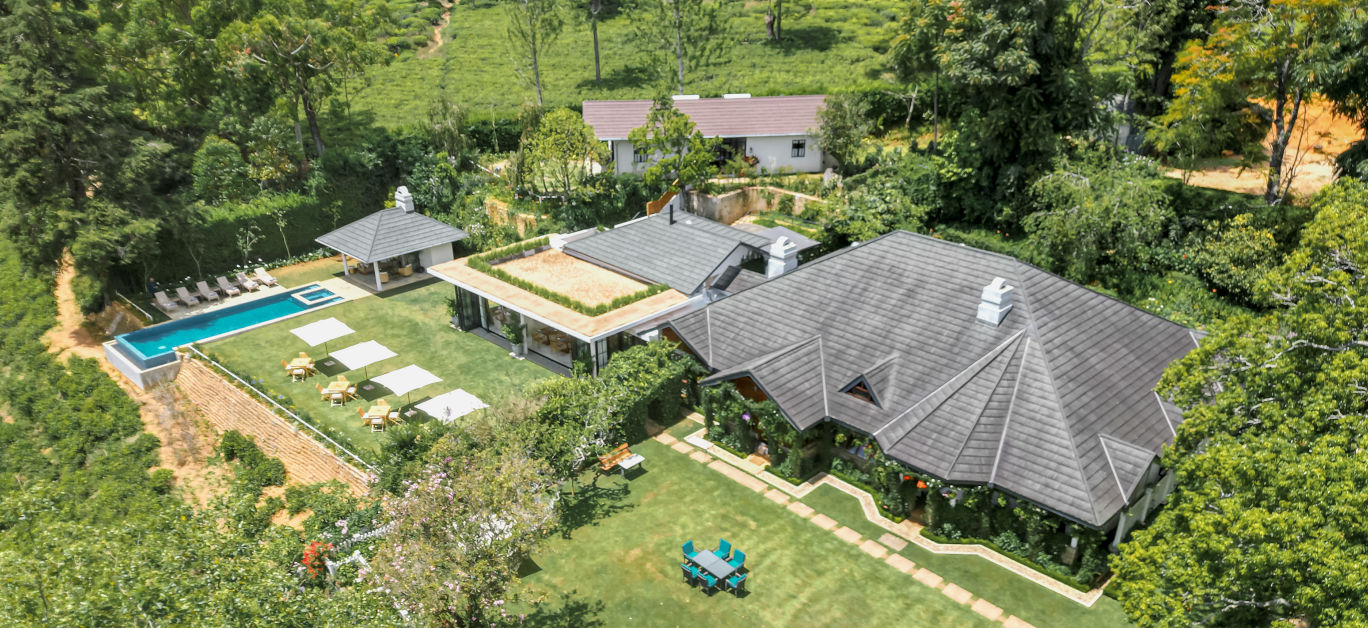To arrive at the Stafford Bungalow, a mile above sea-level in Sri Lanka’s tea country, is to step back in time; this is a visit to another era, a lost time.
The black timbered, white stone bungalow, inspired by Home Counties architecture, was built in 1884. A white picket fence, straight from the Home Counties, surrounds an emerald lawn. Immaculately tended gardens feature flame lilies, false jalap, white dianthus and angel trumpet flowers.
After a virus had destroyed Ceylon’s coffee plants in the mid 19th century, the island had turned to tea plants and the new industry was flourishing when the bungalow was built. Remember that the island only became known as Sri Lanka in 1972.
Hotel
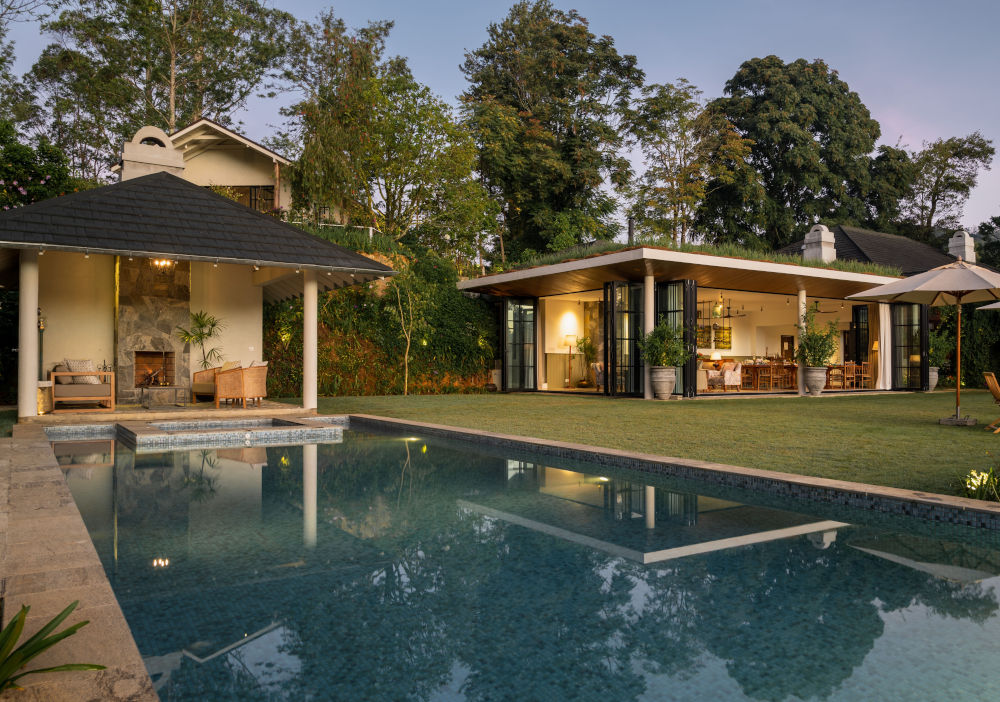
Once, the bungalow was a home to planters who managed thousands of acres, until the Sri Lankan government nationalised the country’s tea plantation in 1972, leaving Stafford with a mere 50 acres. The planting classes still mumble and grumble.
Now, the bungalow is a serene full-service villa of just six rooms: four in the original building and a further two in the recently built Owner’s Cottage. Both spacious rooms in the cottage have private gardens with spectacular views across a valley where blue mist from the eucalyptus shade trees lingers.
Travel along Sri Lanka’s twisting roads, battling with bicycles, dogs, packed buses, tuk tuks and even elephants can be tiring. The Stafford Bungalow is a sumptuous base for recharging the batteries whilst exploring tea country.
Room
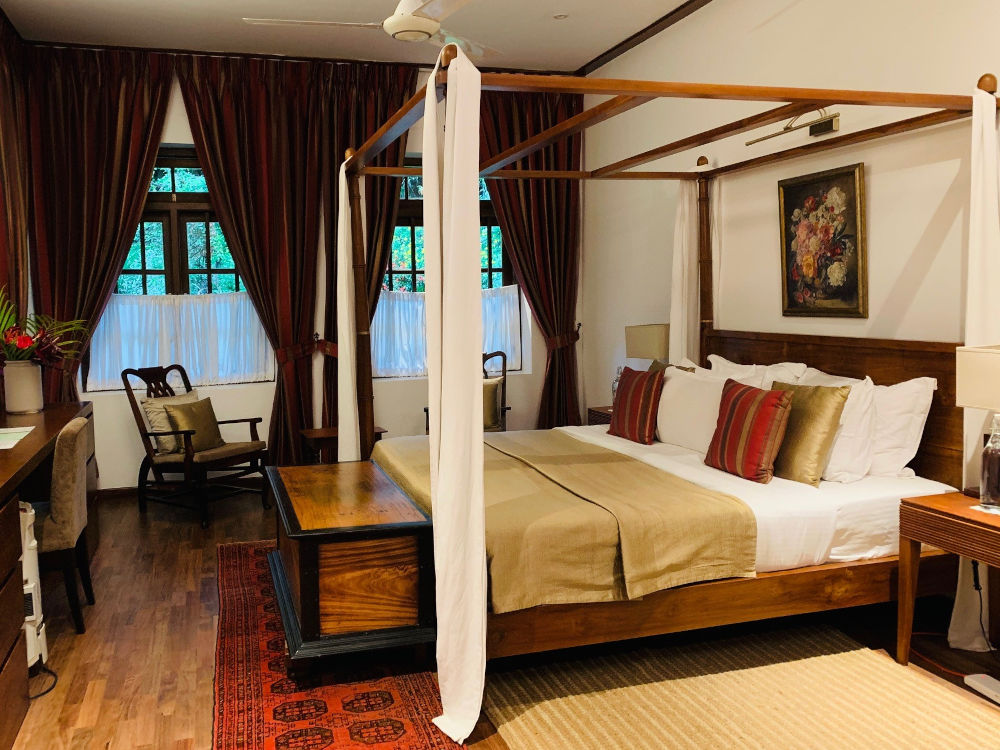
In the original bungalow, the spacious master suite, with a four-poster bed, has an aristocratic ambience. Privacy assured, it has previously drawn the Sri Lankan president for a tranquil retreat away from the pressures of office.
Dark wood floors and burgundy curtains create an opulent ambience. Taru Fonseka, interior designer, uses the dark furniture to create an aura of rich heritage. A still life of cut flowers could have come straight from a Royal Academy Summer exhibition. This dual aspect suite has its own walled garden, lawn and a covered patio, hosting a wicker sofa.
Butler service
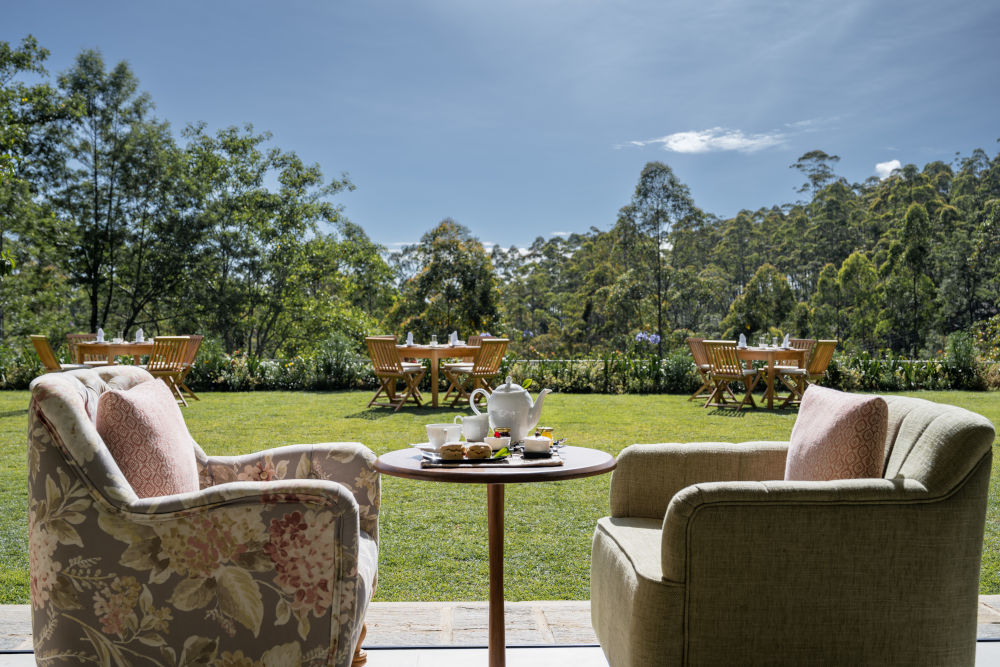
Whilst our driver climbed and climbed through the hills, past mist shrouded tea plantations, head butler Christy rung for our lunch order. On arrival, we were welcomed with hot chocolate and marshmallows. High in the hills, close to the hill station of Nuwara Eliya, the climate is very different to Sri Lanka’s tropical beaches.
Here in ‘Little England’, where the landscape is as green as rain-doused Berkshire, Christy decided that there was a chill in the air and expertly lit a fire. He introduced us to the enduring traditions of the planters: afternoon tea, obviously from pekoe leaves plucked on the estate, and cake, or scones, all quintessentially English.
Gin and tonic soon followed and, later, Christy completed his duties by slipping hot water bottles into the bed. He checked that we had his phone number as he remained on call.
Food and drink
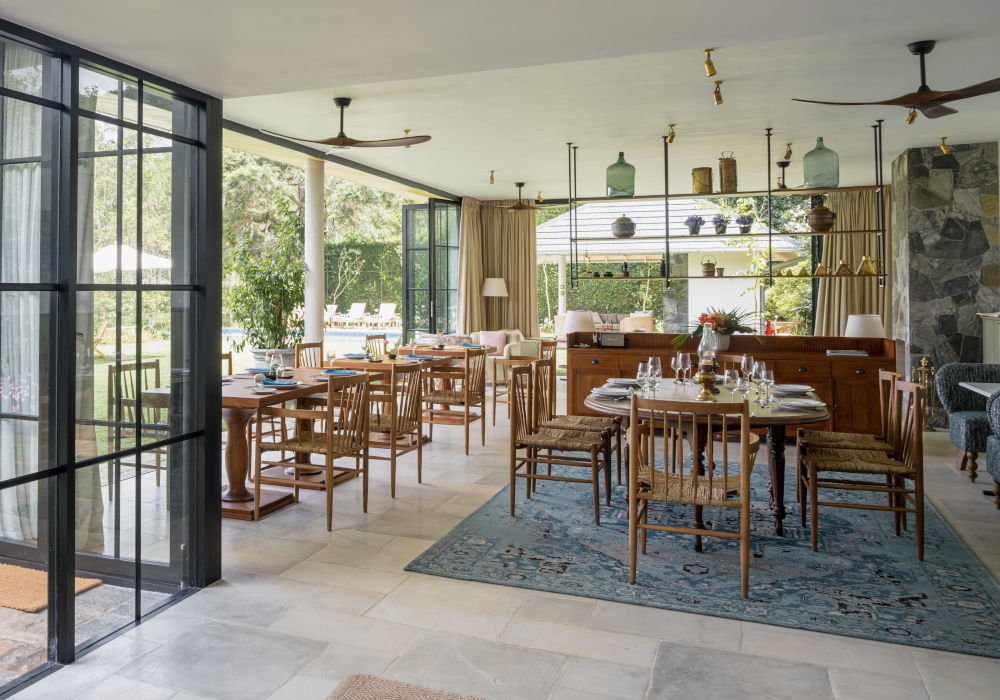
Menus are negotiated with head chef Sanjeewa, adapting his suggestions to the tastes of each guest – a little hotter for some, less spicy for others. Elegant glasses of ‘tea’ are Sanjeewa’s calling card: sometimes herbal with a main course, perhaps peppermint with a dessert.
Fruit, vegetables, herbs and spices are sourced from the estate’s organic kitchen garden. A night watchman protects crops from marauding deer and wild pigs. Nowadays, the acres given over to market gardening outnumber those of tea plants.
Sanjeewa scours the world to source salmon from Norway, steak from the USA and the most gigantic of giant prawns from Negombo, Sri Lanka’s fishing port. Recalling Victorian days, biscuits, cakes, jams and marmalade are all homemade in the kitchen.
Meals are often served in the glass-sided dining room with views out across the valley. Whenever possible tables are set up al fresco on the lawn, especially for breakfast. Inevitably, the Sri Lankan favourite of hoppers, eggs fried in a crisp rice flour shell, appears on the menu.
To do
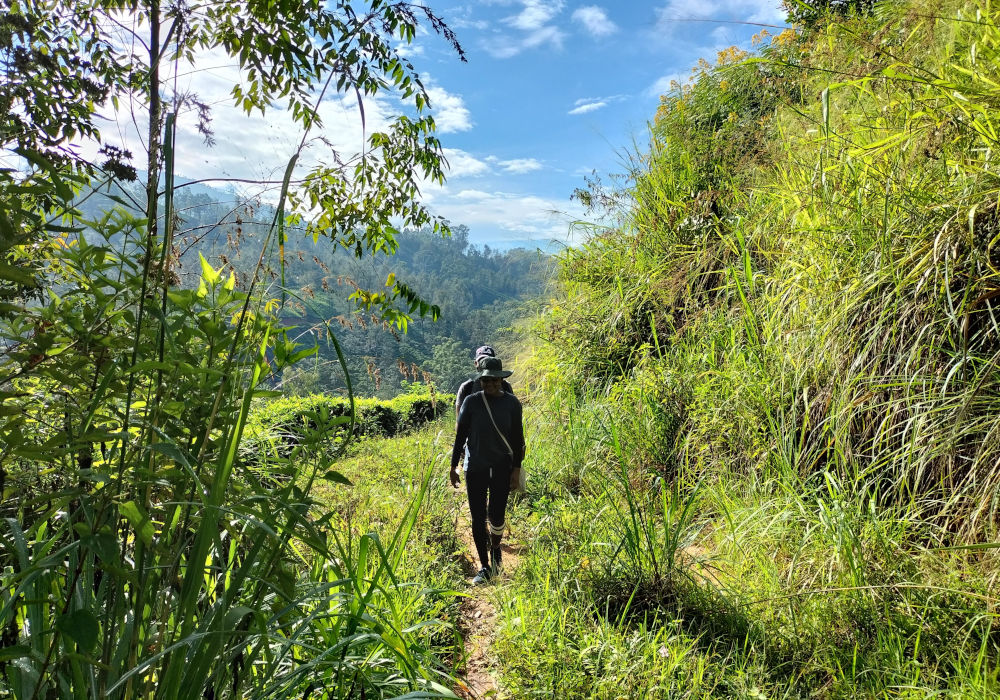
Although the original planters may have enjoyed the croquet lawn and putting green, they would not have had today’s swimming pool, sun-loungers and Jacuzzi.
A walking tour of the plantation, equipped with binoculars for bird-watching, introduces guests to sari-robed tea-pickers plucking the traditional two leaves and a bud, it is labour intensive. Thirty pluckers work the 24 acres, while other staff brush moss from the tea bush roots and prune on a four-year cycle. Guests can book a tea factory tour to learn of the next stage of a tea leaf’s journey.
Nearby is the recently opened Pekoe Trail, giving guests the option of a lengthy day’s walk or an overnight stop at Stafford if they are taking on the entire 300 km Pekoe challenge. Stafford staff also organise hikes to Ravana Rock with a picnic lunch served en route. The walks give spectacular views over to the nearby town of Ragala, a colourful town featuring temples and a church representing a population made up of Buddhists, Catholics, Hindus and Muslims.
Nuwara Eliya, a short drive away, is a classic Hill Station with its legacy of colonial architecture. A town where ex-pats gathered at the golf club, race course or Victoria Park to ward off home-sickness.
In a nutshell
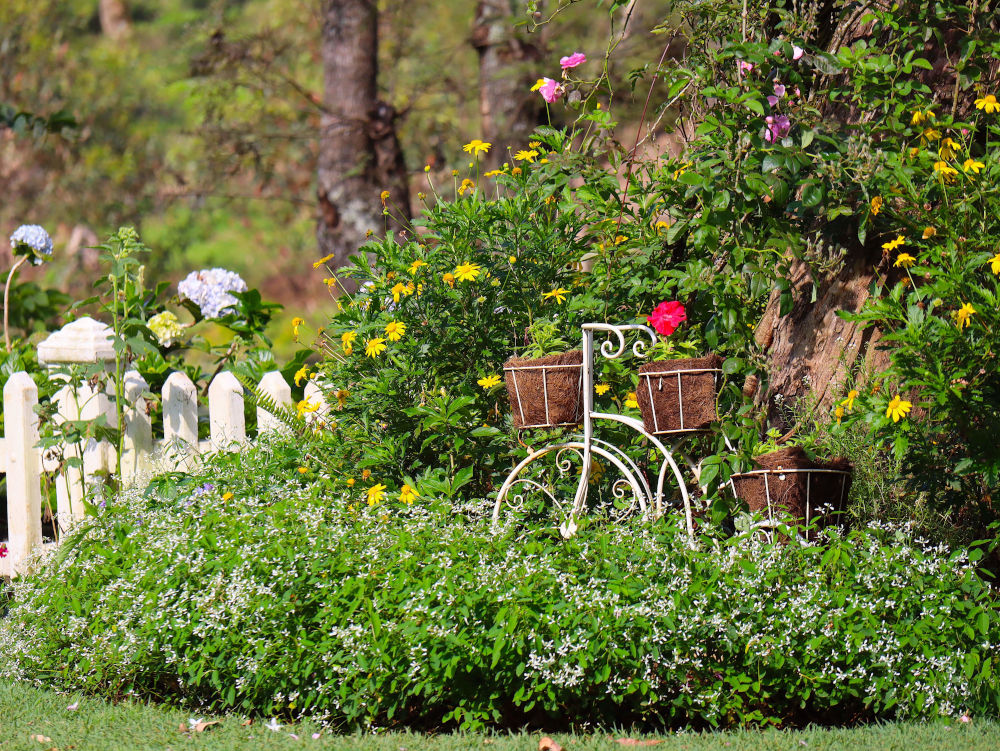
Stafford Bungalow is a luxurious legacy of the days when the tea industry dominated Ceylon. An intimate villa with impeccable service and superb food, and a reminder of the lifestyle of planters who, thousands of miles from home, sought to create their own Little England with memories of their homeland.
Factbox
Deluxe rooms begin from US$ 650 on a half board basis including breakfast, afternoon tea, four-course dinner and tea or coffee with meals.
The all-inclusive rate of USD 780 per room, per night, includes breakfast, lunch, afternoon tea, dinner, complimentary soft drinks, beer, house wine, house gin/vodka/whisky/arrack with mixers as well as tea and coffee.
Address: The Stafford Tea Company, Ragala, Nuwara Eliya Sri Lanka
Phone: +94 522 265 287
Website: staffordbungalow.com
Photography courtesy of Stafford Bungalow.












